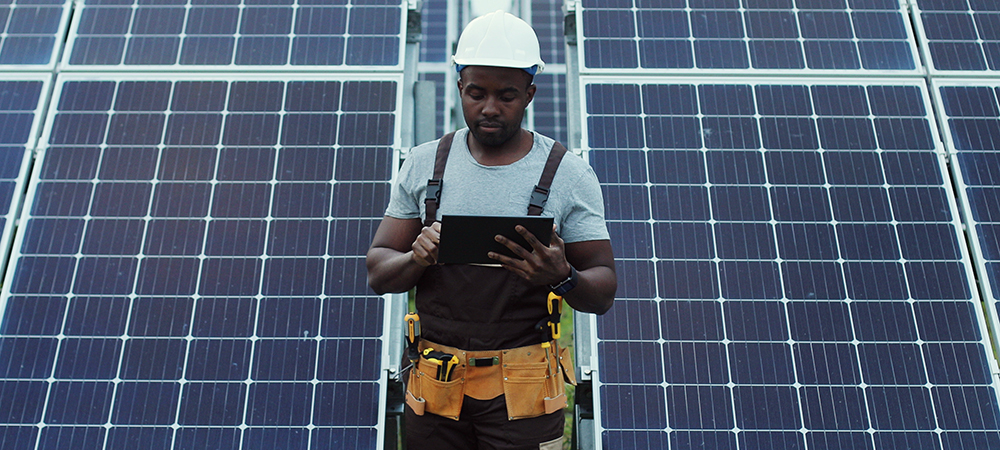Over the last fifteen odd years, South Africa has been dealing with an energy shortage. This has led households to explore alternative options, like installing battery backup systems. These solutions have been valuable in helping South Africans deal with frequent power outages, allowing businesses to keep running and households to operate normally.
While battery backup systems provide temporary relief during power outages, they still rely on Eskom for recharging, which adds to the burden on the strained power grid. To support Eskom and tackle the energy deficit, it is necessary for households to generate electricity independently. This can be done through solar power.
Solar power offers a decentralised solution to South Africa’s energy crisis. By installing solar panels, households can produce their own electricity, reducing their dependence on Eskom and easing the pressure on the national grid. Using solar energy to charge batteries actively helps to address the national energy shortage.
When using battery backup systems, it is important to consider their potential impact on power consumption and the strain they can place on the local power network. After a power outage, when the electricity comes back on, the batteries immediately start recharging while the household is also drawing power from the grid. This double power consumption may exceed the capacity of local electrical networks causing them to trip or in a worst-case scenario even damage them. This requires personnel to restart or repair the substation, leading to further prolonged power outages for users in the area.
To tackle this issue, here are some suggestions. Use technology to control the inverter so that it does not immediately draw power from the grid to recharge the batteries as soon as the loadshedding period ends, but rather wait for an hour or so. Correctly configured, this is still ample time for the batteries to recharge before the next round of loadshedding, without additional strain on the grid.
Additionally, recharge the batteries using solar energy, reducing the dependence on Eskom’s power entirely. This method recharges the batteries with power that has no impact on the grid, whilst still ensuring that the batteries are ready in time for the next outage.
Storing power benefits Eskom. At times, Eskom may generate more power than the immediate demand requires. However, as the day progresses and demand increases, Eskom may struggle to meet the equation of demand. By using battery storage, individuals can help bridge this gap by accessing stored power during peak demand periods, reducing strain on the grid and potentially lessening the need for loadshedding.
Generating and storing power independently is crucial to reduce reliance on the grid and ensure a more sustainable energy future.


